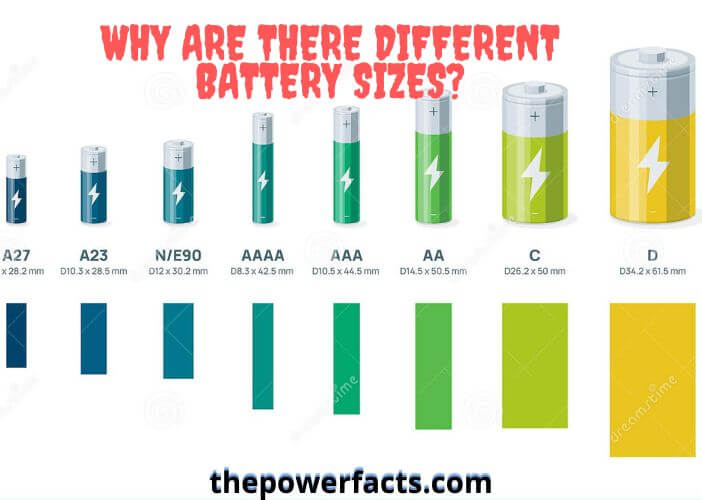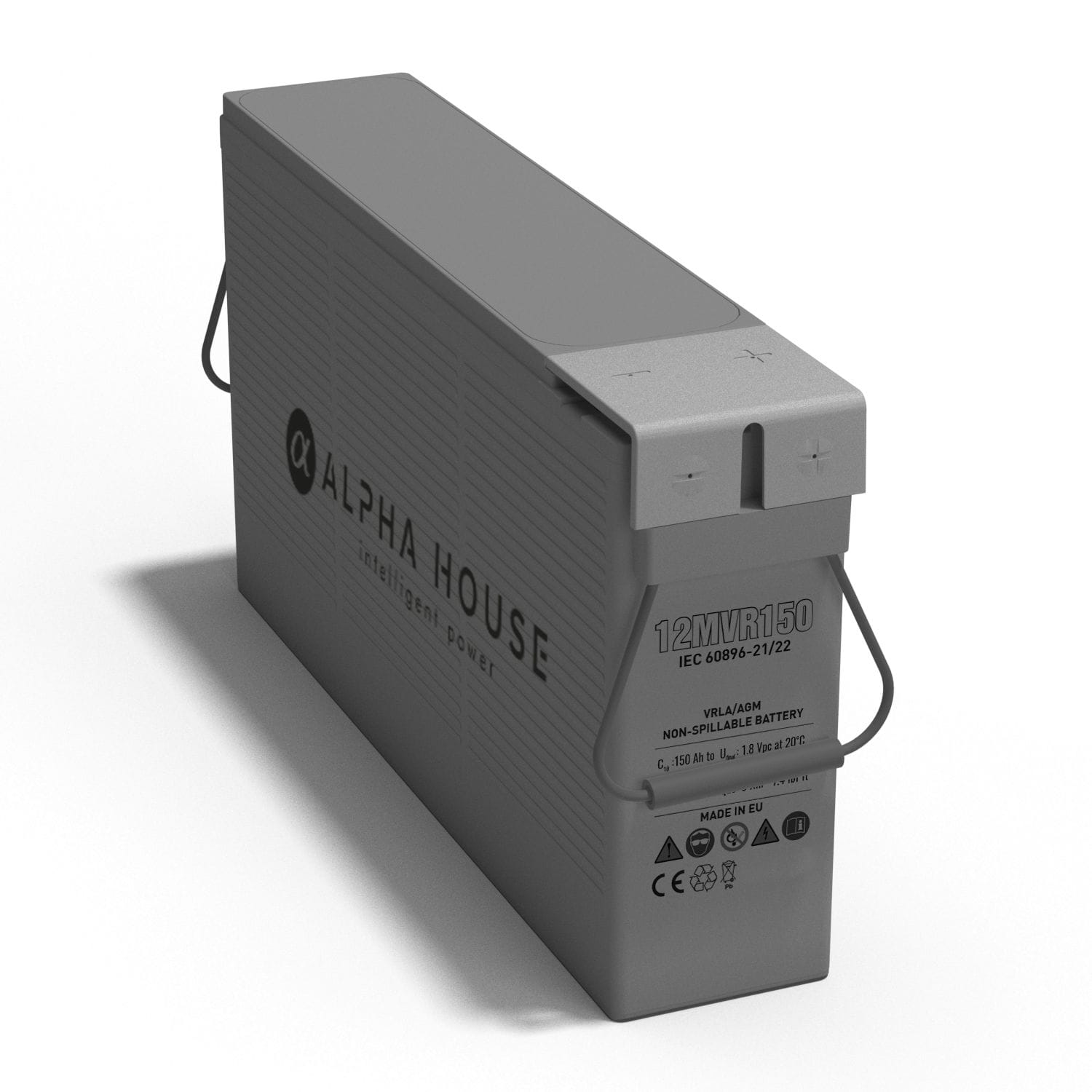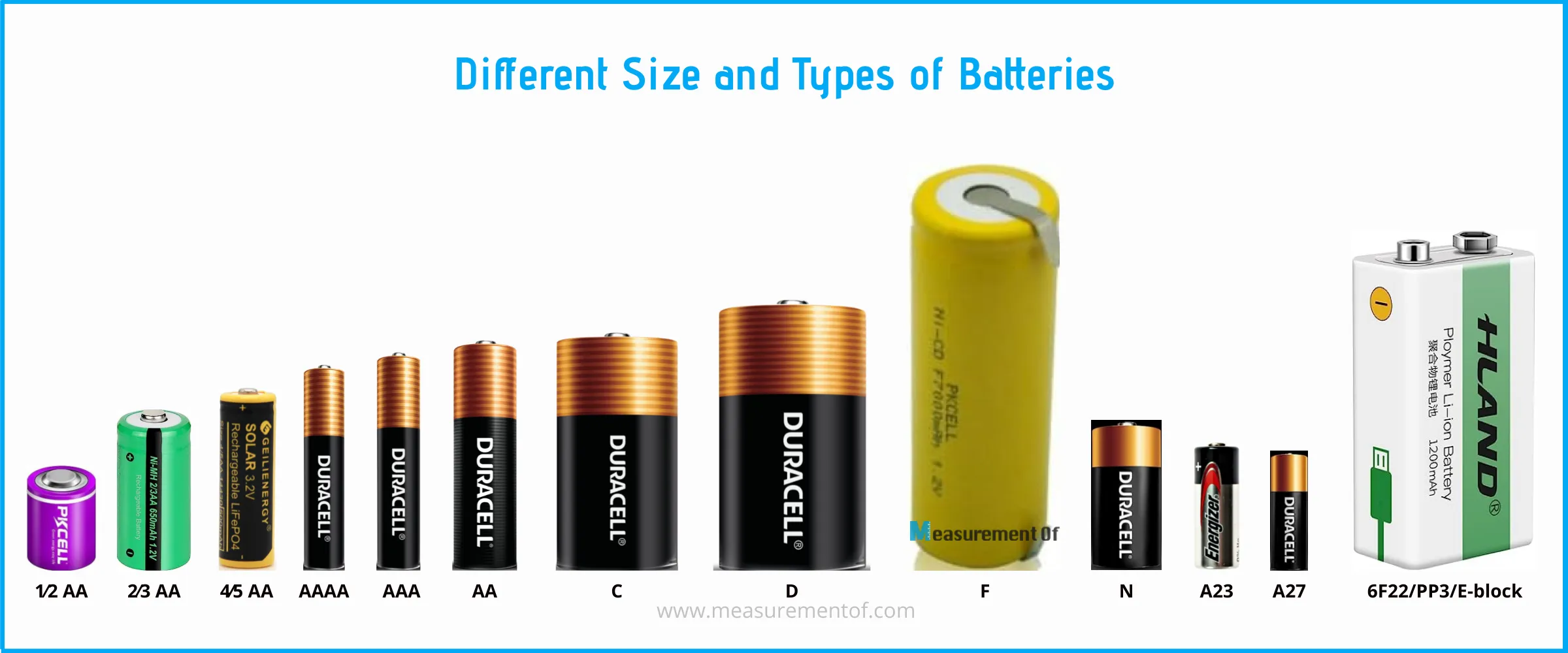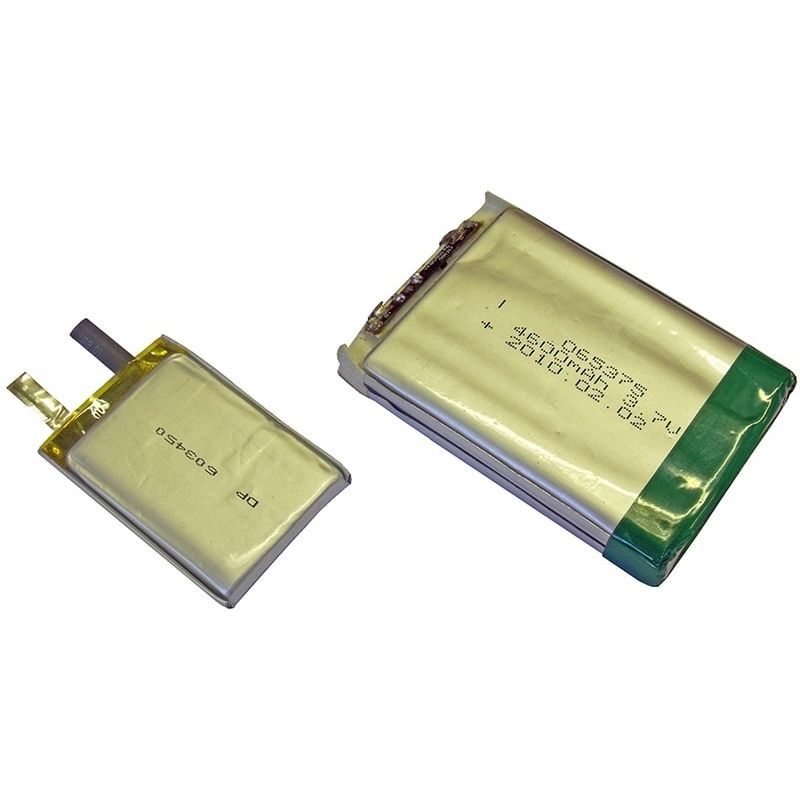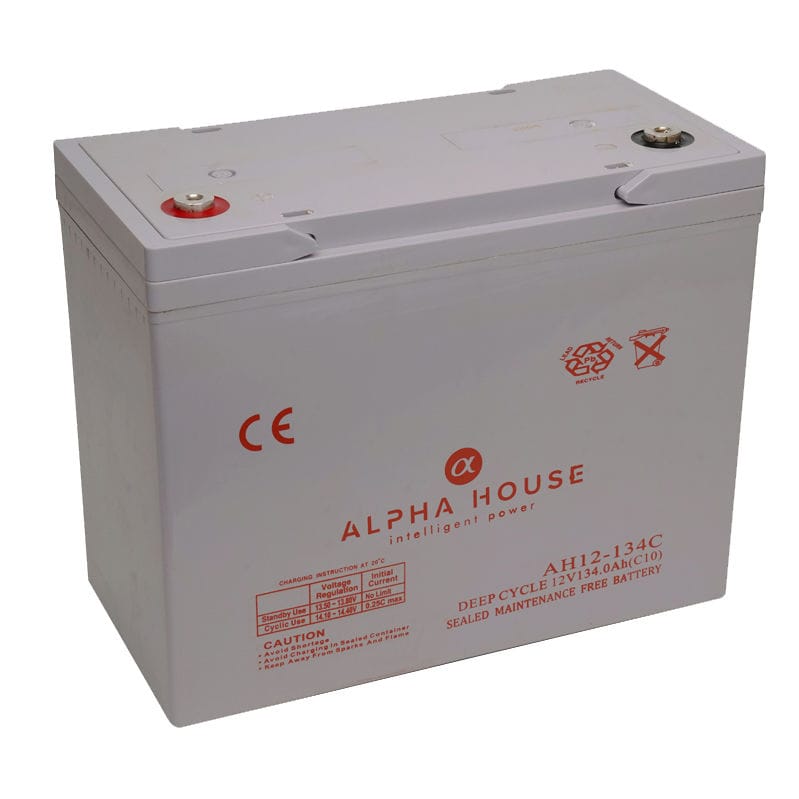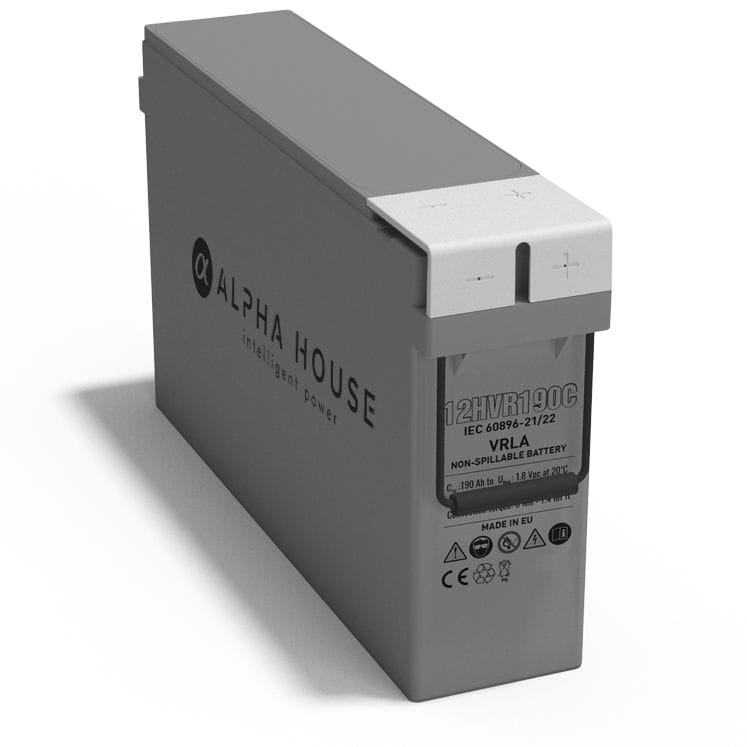What Are The Rectangular Batteries Called
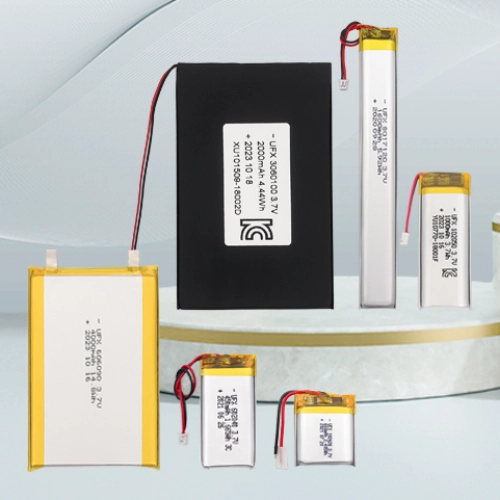
The quest for more efficient and powerful energy storage has propelled battery technology to the forefront of innovation, especially with the surging demand for electric vehicles (EVs) and portable electronics. One particular form factor – the rectangular battery – is generating considerable buzz, yet its official and standardized nomenclature remains surprisingly elusive. This ambiguity can lead to confusion and hinder clear communication within the industry and among consumers.
This article delves into the complex landscape surrounding the naming conventions, or rather lack thereof, for rectangular batteries. We aim to clarify the terminology, explore the various types of rectangular batteries currently in use, and examine the implications of this naming ambiguity on the wider battery ecosystem.
Understanding the Rectangular Battery Landscape
Unlike cylindrical or prismatic batteries, rectangular batteries lack a widely accepted, universally applied naming convention. This void stems from several factors, including the rapid evolution of battery technology and the diverse applications for which these batteries are designed. Instead of a standardized name, these batteries are often referred to using descriptive terms or internal codenames created by manufacturers.
The Rise of LFP and other chemistries
Rectangular batteries encompass a range of chemistries, each with its unique properties and performance characteristics. Lithium Iron Phosphate (LFP) is increasingly popular for its safety and cost-effectiveness, particularly in electric vehicles and energy storage systems. Nickel Manganese Cobalt (NMC) and Nickel Cobalt Aluminum (NCA) chemistries are also common, offering higher energy density at a higher cost.
The rectangular form factor allows for efficient space utilization within battery packs, regardless of the chemistry used. This is a crucial advantage in applications where space is limited, such as in EVs and power tools.
Manufacturer-Specific Designations
Battery manufacturers often employ their own internal codenames and designations for rectangular batteries. This makes it difficult for consumers and even industry professionals to compare batteries from different manufacturers. These codenames can be based on the battery's dimensions, chemistry, or specific application.
For instance, a battery might be labeled "Module X" or "Pack Series Y" internally, without revealing the underlying cell dimensions or electrochemical composition. This lack of transparency can impede independent testing and performance evaluation.
The Absence of a Standardized Naming System
The absence of a standardized naming system for rectangular batteries presents several challenges. It complicates communication between manufacturers, researchers, and end-users. It hinders the development of universally compatible charging infrastructure.
The International Electrotechnical Commission (IEC) and other standards organizations provide guidelines for battery safety and performance testing, but they do not prescribe specific naming conventions for rectangular batteries. This is a key area where further standardization could benefit the industry.
Impact on Electric Vehicle Development
The electric vehicle industry is heavily reliant on rectangular batteries for powering its vehicles. The inconsistency in naming conventions complicates the process of comparing battery performance across different EV models. Consumers may find it challenging to understand the true capabilities of a particular battery pack.
For example, two EVs might use rectangular batteries with similar dimensions, but vastly different chemistries and performance characteristics. Without a standardized naming system, it's difficult for consumers to make informed purchasing decisions.
Challenges for Battery Recycling
As the number of electric vehicles and portable electronics increases, the need for efficient battery recycling becomes paramount. The lack of standardized naming conventions for rectangular batteries creates challenges for recyclers. Recyclers need to accurately identify the battery chemistry to ensure proper and safe processing.
Mismatched recycling processes can lead to inefficient resource recovery and potential environmental hazards. Clear and consistent labeling of battery chemistry and construction is essential for promoting a circular economy for batteries.
Potential Solutions and Future Directions
Addressing the ambiguity in rectangular battery naming requires a collaborative effort involving manufacturers, standards organizations, and government agencies. Developing a standardized naming system that incorporates key parameters such as dimensions, chemistry, and performance characteristics is crucial. This would improve communication, facilitate comparisons, and promote transparency within the battery industry.
IEC or a similar body could lead the development of a standardized naming system for rectangular batteries. This system should be flexible enough to accommodate new battery technologies and chemistries as they emerge. Including a unique identifier, such as a serial number, that links to a database containing detailed battery specifications could also prove beneficial.
The Role of Open-Source Initiatives
Open-source initiatives can play a vital role in promoting transparency and standardization in the battery industry. Open-source databases of battery specifications, including detailed information on rectangular batteries, can empower researchers, developers, and consumers. These databases could also facilitate the development of tools for battery modeling, simulation, and analysis.
Collaborative platforms where manufacturers can voluntarily share battery specifications can foster innovation and accelerate the adoption of new battery technologies.
Conclusion: Embracing Standardization for a Sustainable Future
The absence of a standardized naming convention for rectangular batteries presents a significant challenge for the battery industry. This ambiguity hinders communication, impedes comparisons, and complicates recycling efforts. Moving forward, a concerted effort to develop and implement a comprehensive naming system is essential for fostering innovation, promoting transparency, and ensuring a sustainable future for battery technology.
By embracing standardization, the battery industry can unlock its full potential and contribute to a cleaner, more energy-efficient world.


